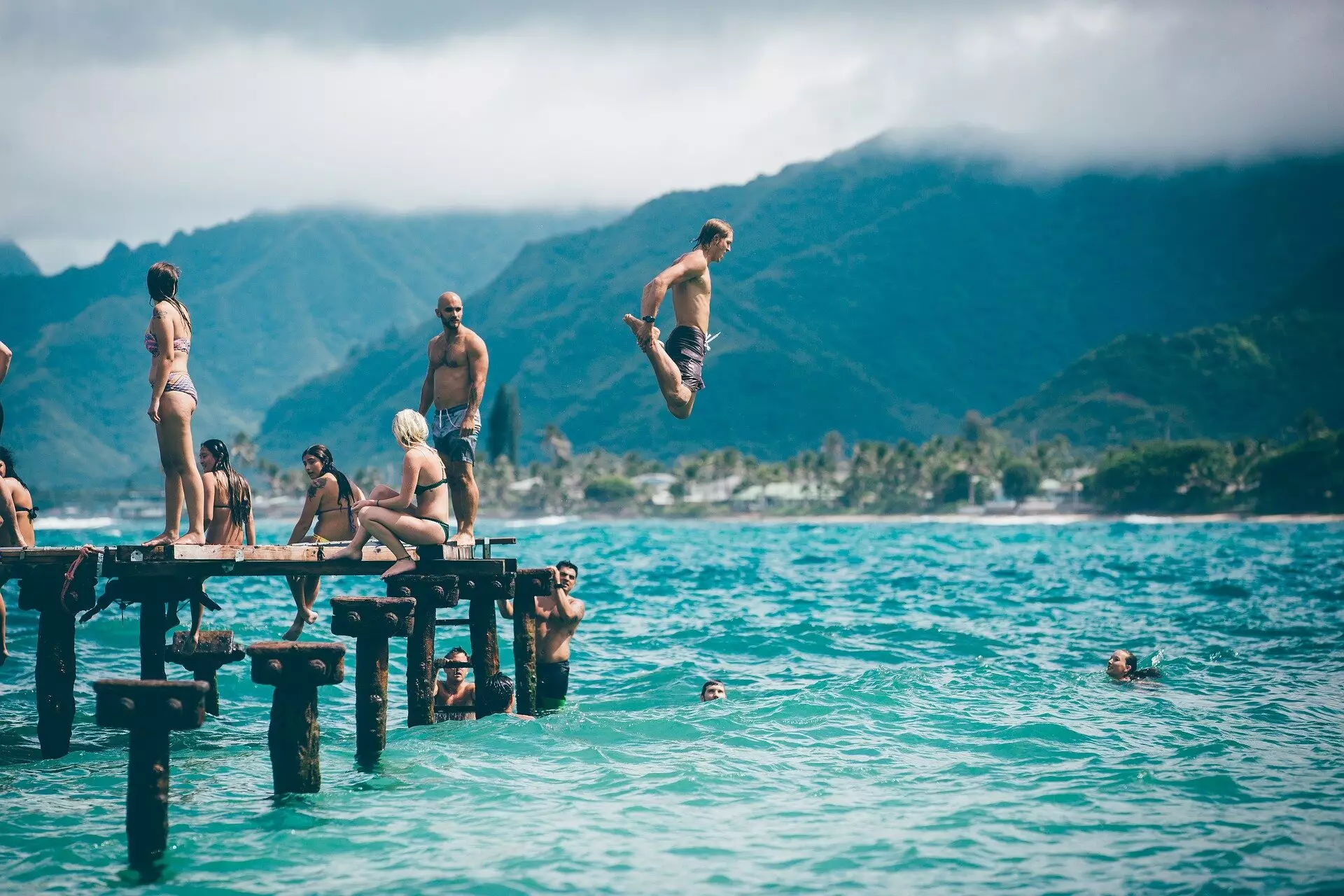The allure of natural water bodies, especially during summer holidays like Labor Day, is undeniable. However, recent research from Johns Hopkins University has shed light on a concerning reality: recreational activities can introduce a complex cocktail of chemicals and microorganisms into local streams and rivers. This groundbreaking study, highlighted in the journal ACS ES&T Water, marks a significant step towards understanding the environmental consequences of leisure activities around our waterways.
The research centered on the analysis of water samples from Clear Creek in Golden, Colorado, a site renowned for tubing and swimming among locals. By strategically selecting one sample collection point upstream—free from direct human influence—and another downstream where recreational activities were rampant, researchers were able to capture the stark differences in water quality. Lead author Carsten Prasse emphasized that substances from personal care products, household cleaners, and even chemicals from sunscreen were found downstream, indicating a layer of contamination brought on by human interaction.
The downstream samples not only revealed a variety of pharmaceuticals such as lidocaine and acetaminophen but also highlighted an alarming presence of microbes originating from human guts. This blend of contaminants raises questions about the immediate and long-term impacts on both aquatic ecosystems and human health.
One of the most compelling insights from the study is the transient nature of these contaminants. Water samples collected two days after Labor Day indicated a return to pre-recreational baseline quality, suggesting that while the contamination is short-lived, the existence of such pollutants during peak usage hours could have immediate implications for both aquatic life and public health. Noor Hamdan, the first author of the study, notes that even temporary changes can have far-reaching consequences in the environmental context.
Moreover, this research unveils a significant point of public awareness: the collective impact of individual choices during recreational activities. When people engage in fun activities, they often overlook the potential hazards their personal care products and behaviors may pose to shared water resources.
The findings from Johns Hopkins University call for a greater consciousness around our recreational practices. While enjoying the water is a cherished summertime activity, it’s crucial to consider how our choices might contribute to pollution. This realization encourages individuals to seek more eco-friendly alternatives, such as biodegradable sunscreens and environmentally conscious personal care products.
Furthermore, there is an urgent need for communities and policymakers to address these issues proactively. This could entail implementing stricter regulations on the types of substances permissible near water bodies or launching educational campaigns to raise awareness about the effects of recreation on local waterways.
This critical research serves as a wake-up call for those who enjoy spending time in and around natural water sources. It emphasizes the importance of safeguarding our ecosystems while still allowing for recreational enjoyment. Through informed choices and collective action, we can protect our waterways from being overshadowed by our need for leisure, ensuring that these natural resources remain vibrant and healthy for generations to come.

